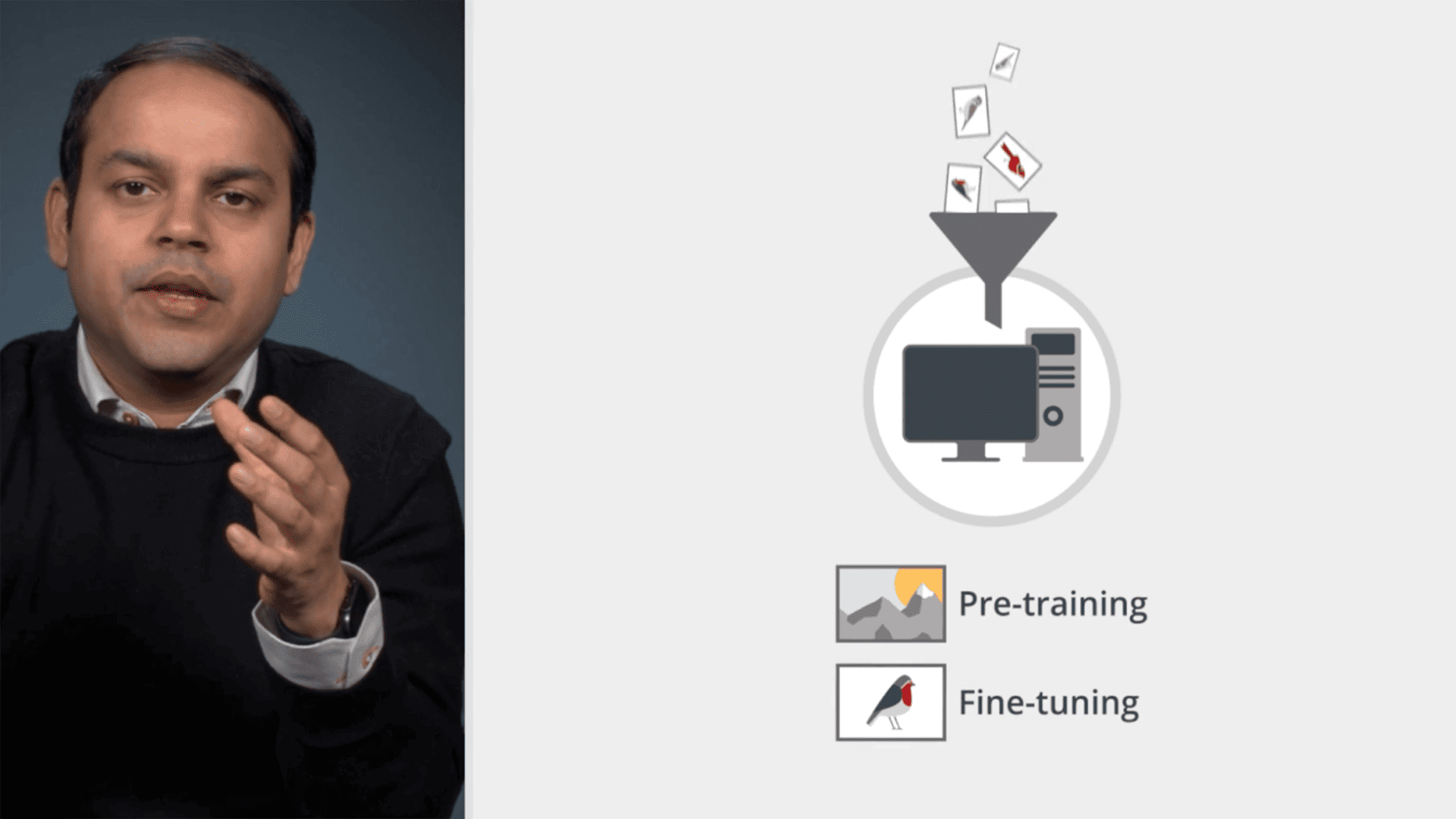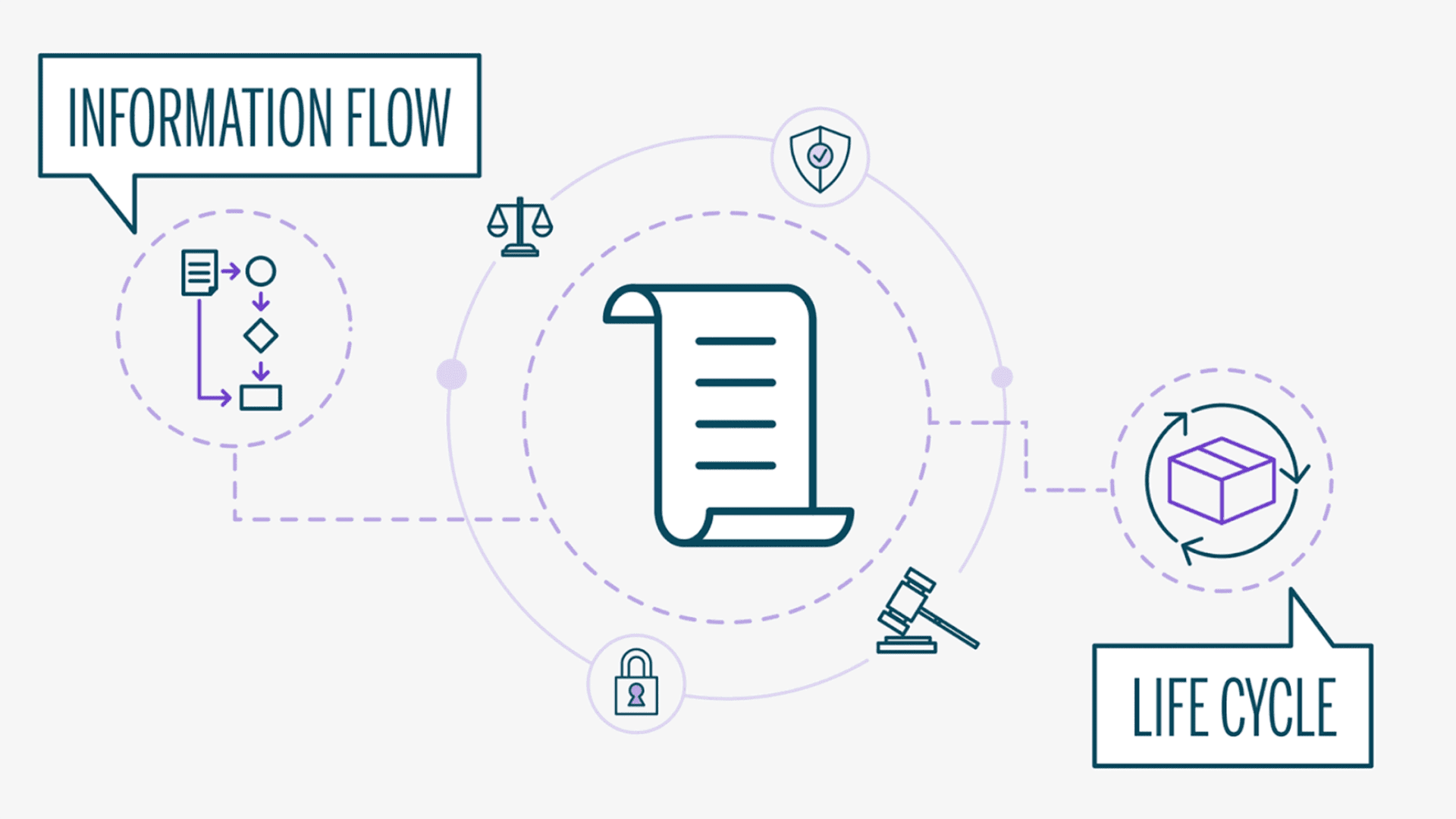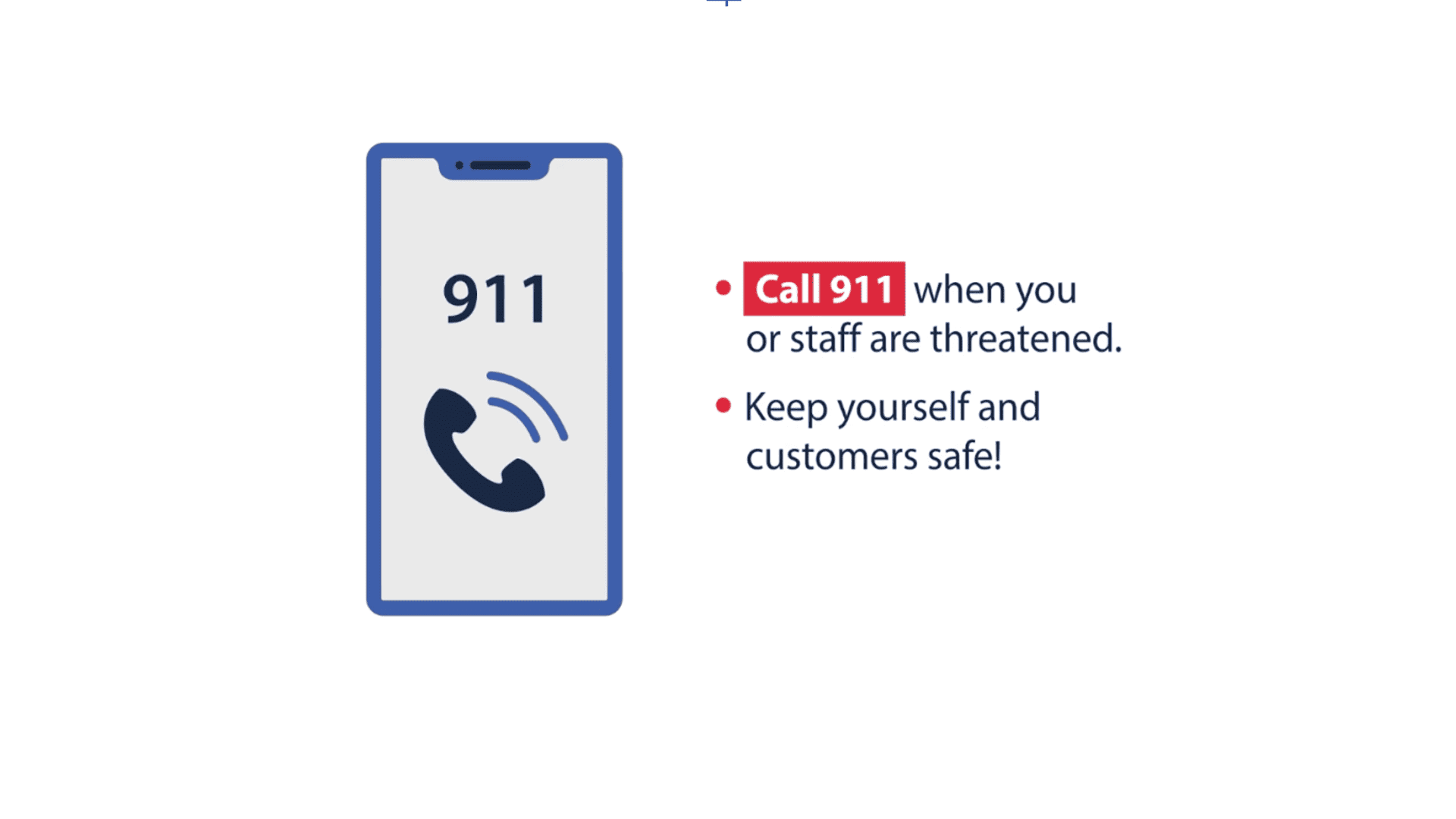
Every workplace, no matter the location or organization type—whether it’s in the field, in the warehouse, or in an office setting—maintains a shared goal: keeping employees safe. You already know the punchline – safety training videos can really help! But why? And how?
From the employer perspective, the problem is clear. How can my organization keep up with the ever-changing landscape of rules and standards at the highest level, while simultaneously ensuring that knowledge is effectively passed down to employees, and at every level of need?
In-person training can be costly and cumbersome, especially considering ever changing technology and procedural standards. Meanwhile, PowerPoint presentations often fall flat, and text-based manuals might get a quick glance… before making their way to their permanent resting home: the recycling bin.
So what makes training video production different – and better?
Unlike static content, video creates learning experiences that are uniquely accessible to employees. No matter their work conditions or location, learners are able to absorb training video content in their own time, with pauses, rewinds, and repeats until they understand the material. No matter the industry—from manufacturing, healthcare, to warehousing and others—safety videos are key to cultivating an optimally safe, supported, and healthy workplace.
Understanding Why Safety Training Videos Work
If you’re reading this article, chances are you already have a good sense that safety training is important. But why video…specifically? What makes it the ideal way to communicate organizational training content?
Reason #1 – Enhanced Engagement and Retention
- Static training materials like pamphlets and posters can, literally and figuratively, fall flat. Sure, they are a cost-effective option. They just aren’t a learning-effective one!
- Click-through PowerPoint presentations can be effective, but only when coupled with a dynamic presenter. By themselves slideshows are often spirit killers — creating more adverse effects on viewer retention.
- Meanwhile, moving visuals, with carefully crafted storytelling and relatable presenters and, can significantly enhance audience retention rates.
Reason #2 – Consistency in Training
- After investing untold amounts of time and money into training procedures, the last thing you want is for your employees to receive inconsistent messaging about safety standards—potentially leading to miscommunications and dangerous situations in the workplace.
- Video training can help reduce the spread of misinformation and confusion, getting everyone on the same page by providing consistent information across the board.
Reason #3 – Cost-Effectiveness
- Video training can also help you tighten budgets and reduce considerable waste. Travel, printed materials, and instructor-led sessions come with costs that add up.
- By creating reusable and updatable video trainings, you can dodge these expenses by investing in employee development without the burden of outdated print-outs, and an over-reliance on presenters.
Reason #4 – Flexibility for Employees
- Your staff is busy, and you know it! With diverse roles, shifting workloads, and varying schedules, you need training materials that are accessible to everyone.
- Video training makes material available at the individual level. With the training material at their fingertips, employees can watch, rewatch, and apply what they’ve learned with confidence.
Reason #5 – Scalability
- Organizations grow and change—which means training programs need to be able to follow the same path.
- Video training modules can be created “at scale” and distributed across departments, making sure that all employees receive the training they need for their specific roles, without anyone being left behind.
Planning Your Safety Training Video

Alright, so you understand why safety training videos are so effective, and it’s time to get started. Let’s go over some essential steps for setting up the right plan for your safety training video production.
Step 1: Define Your Audience
- Who are your employees? What is their background and workplace experience?
- This goes beyond the nuts and bolts of the content itself. By considering your audience, you can tailor the narrative of your training videos to speak to your audience (directly and effectively)—not at them.
Step 2: Set Clear Objectives
- By setting clear objectives for your safety training video, you can prioritize your top topics and ultimately accomplish your most important goals.
- What do you want your employees to learn? How will you measure their understanding?
Step 3: Determine the Length (or the Amount of Information) in Your Videos
- Most newcomers to the world of video production cannot easily estimate the length of video content. That’s because, when done well, a tight script and laser-sharp visuals can really cut down the time needed to convey a topic.
- The best way to estimate the amount of content is to create a strong outline of the material—a great first step to understanding the amount of information.
- When it comes to actual video lengths, the truth is that safety training videos are all over the map. You may wish to create quick tips or refreshers, in which case a series of 1- to 2-minute videos might be just right. Or, you may wish to create a full-throated eLearning series, which may require several hours. It all depends on your topic, but you can get a great sense of this by outlining your content.
Production Methods for Effective Video Training: Animation, Live Action, or Both?
What should your training videos look like and how will they get made? How training content is presented matters! Let’s break down the options:
Choosing the Right Production Team
- Experience matters in any workplace—and video production is no exception.
- Motifmotion specializes in eLearning and Training Videos and can bring together an expert team to bring your training video project to life.
- If your company has an experienced and capable in-house video production team (with animation skills to boot)—great! Send them this article!
Choosing the Right Medium
- Real people and settings (live action), moving illustrations (animation), or both (mixed media videography)? What medium will work best to accomplish your training video goals? Let’s go over the options.
- Live Action Videography: Some topics are best presented by real people (actors or employees) or demonstrated in real-life scenarios and settings. This is where live-action video production comes into play.
- Animated Video: Animation can offer powerful advantages. With animation, any visual concept can be conveyed. Moving illustrations, text, and characters can be thoughtfully created to keep audience attention focused and really optimize that all-important information retention. Relatable and appealing animated hosts can lighten the weight of heavy topics.
- Mixed Media: Or, you can combine the strengths of live action and animation to create a truly balanced production—utilizing as many tools as needed to reach your safety training goals and maximize viewer engagement. These might include images, animations, live video, and stock footage.
Choosing the Right Format
- You want to keep your audience engaged. Would a live host or spokesperson best achieve that goal? What about an animated host? No host at all? Let’s go over the options:
- Green Screen Actor Host: A green screen actor can be easily edited into an illustrated environment, with animated lessons around them. Whether you want a clean look to keep viewers focused or a dynamic design with heightened energy, this option can create a professional final video.
- Actor On-Set: Using a real person on set—either an actor or expert in their field—allows for a familiar and relatable experience for your staff.
- Animated Character Host: Leveraging an animated host can create an experience that is uniquely approachable and, dare we say it, even a fun final video. Characters can be used to represent a person (like the viewer) or a more abstract “mascot” to add an extra layer of engagement. There are many options for this approach!
- AI Avatar Host: An AI avatar host is a new and surprising option that can appeal to the tech-savvy while also showing off your organization’s innovative side. Not to mention, it’s surely the most affordable option.
- No Host: Sometimes, presenting training with no designated host, leaving the talking to an off-screen narrator, is best—allowing viewers to focus on the visuals and absorbing the material.
Scriptwriting for Safety Training Videos

Instructions to call 911 in a safety training video
Writing a Script That Connects
- Every video project is built from an essential foundation—the script! Focusing on creating a relatable, entertaining, and optimally informative script is what makes an equally powerful finished product possible.
- But how can you do this? Every project differs, but here are some tips:
- Leverage clear, concise language designed to facilitate easy understanding.
- Utilize storytelling techniques to make the content interesting and enjoyable.
- Consider using examples of real-life scenarios for a more relatable, memorable narrative.
Production: Incorporating Visuals and Graphics
- This is another blog post unto itself. Luckily, we created that blog post for you already!
- Guiding the eye, targeting the audience’s attention, and getting into the really important parts of the lesson is all made possible with thoughtful use of illustrated props, moving text, animated charts and graphs, and other kinds of visuals.
- Including just the right visuals is key in enhancing training comprehension.
- You know that you need a video that is made just the right way for your company and your staff—and that requires making just the right visuals for your project.
- As always, Motifmotion is an expert. Feel free to reach out!
Implementing and Distributing Your Safety Training Video
Choosing the Right Platform
It’s important to make sure that your production can be easily accessed by your employees. For example, if your organization utilizes a Learning Management System (LMS), you’ll need to make sure that your production is fully compatible with it. This will streamline the distribution process and ensure that the LMS can support the necessary features like playback, tracking progress, and getting assessment results.
Promoting Engagement
You can also consider how to get your employees more deeply involved with the lesson material beyond watching the video. You might set up interactive elements, quizzes, or discussion prompts to help with content retention. Follow-up discussions or activities can help employees apply their new knowledge in the workplace. By understanding your goals for this kind of additional audience involvement, we can consider how to build up just the right material to make this possible and optimally effective.
Evaluating the Effectiveness of Your Safety Training Videos
You want to keep your teams well trained and safe on the job. By investing in high-quality safety training videos that focus on high engagement and innovative production methods, your organization can reach these goals. Let Motifmotion help elevate your training content and meet your specific safety training needs.
Ready to take your safety training to the next level?
Or at least ready to ask some questions and get some ideas rolling? Let’s talk about how Motifmotion can help you create engaging and effective eLearning safety videos custom to your organization’s needs and goals. With our expertise, we can guide you on how best to apply the right animation and live-action production tools to make the right content for you and your team. Don’t settle for outdated, expensive, and wasteful training practices. Reach out to us today to discuss how we can make you the best possible training videos made just for you!
Collecting Feedback
You want to make sure your training material is effective and being well-received by the people who need it. That’s where securing feedback comes in. Get your team’s opinions and ideas on the lesson content:
- How is it being received?
- Does it make them feel informed while still being respectful of their expertise?
- Does it keep them engaged and focused?
Measuring Knowledge Retention
You can also implement assessment procedures to measure the effectiveness of the material. By using quizzes and practical assessments to evaluate understanding, you can work on making data-driven improvements to your safety training programs.
Updating and Maintaining Your Safety Training Videos
Keeping your safety training material up to date is essential. Workplace routines, tools, and procedures are constantly evolving—it can be a challenge to keep up! Having flexible training materials can make this easier. Establish a consistent review schedule for regular training material assessments, making updates as needed. And with videos, making those updates can be done quickly and regularly.
Conclusion – Safety Training Videos: A Step-by-Step Guide for Employers
It’s important to make smart decisions for your organization to ensure your teams are well-trained and safe on the job. By investing in high-quality safety training videos that focus on high engagement and innovative production methods, you can reach your goals. Let Motifmotion help elevate your training content and meet YOUR specific safety training needs.
Ready to take your safety training to the next level? Or at least ready to ask some questions and get some ideas rolling? Let’s talk about how Motifmotion can help you create engaging and effective eLearning safety videos custom to your organization’s needs and goals. With our expertise, we can guide you on how best to apply the right animation and live-action production tools to make the right content for you and your team. Don’t settle for outdated, expensive, and wasteful training practices. Reach out to us today to discuss how we can make you the best possible training videos made just for you!




